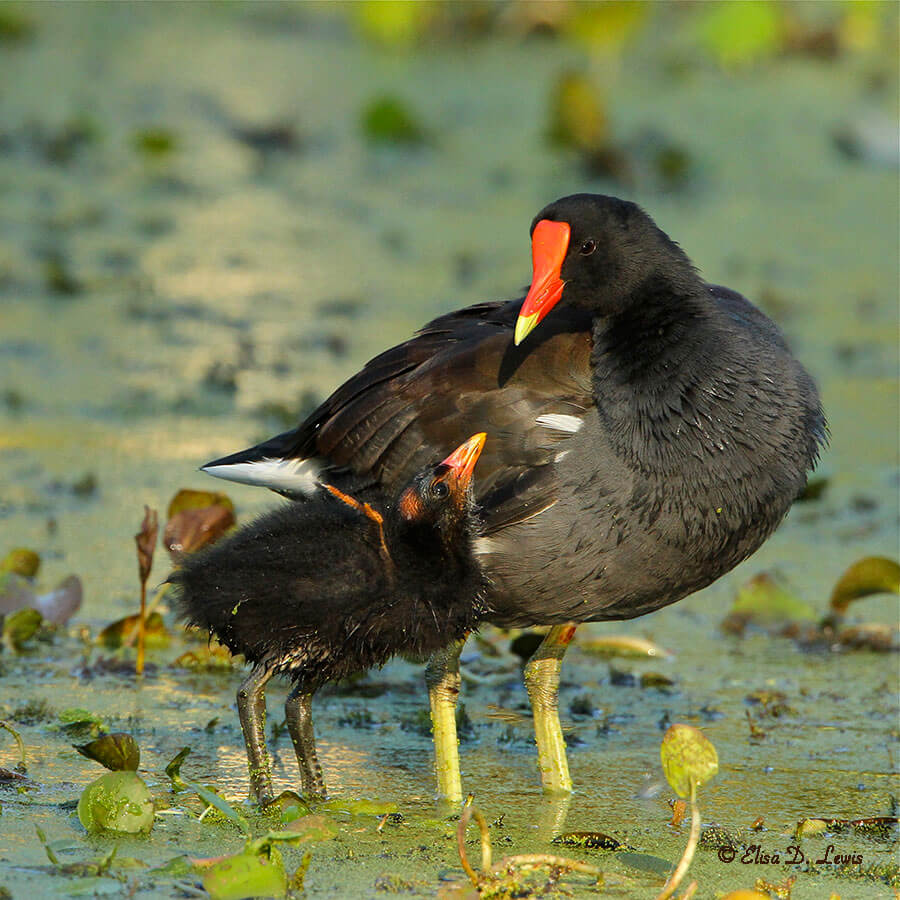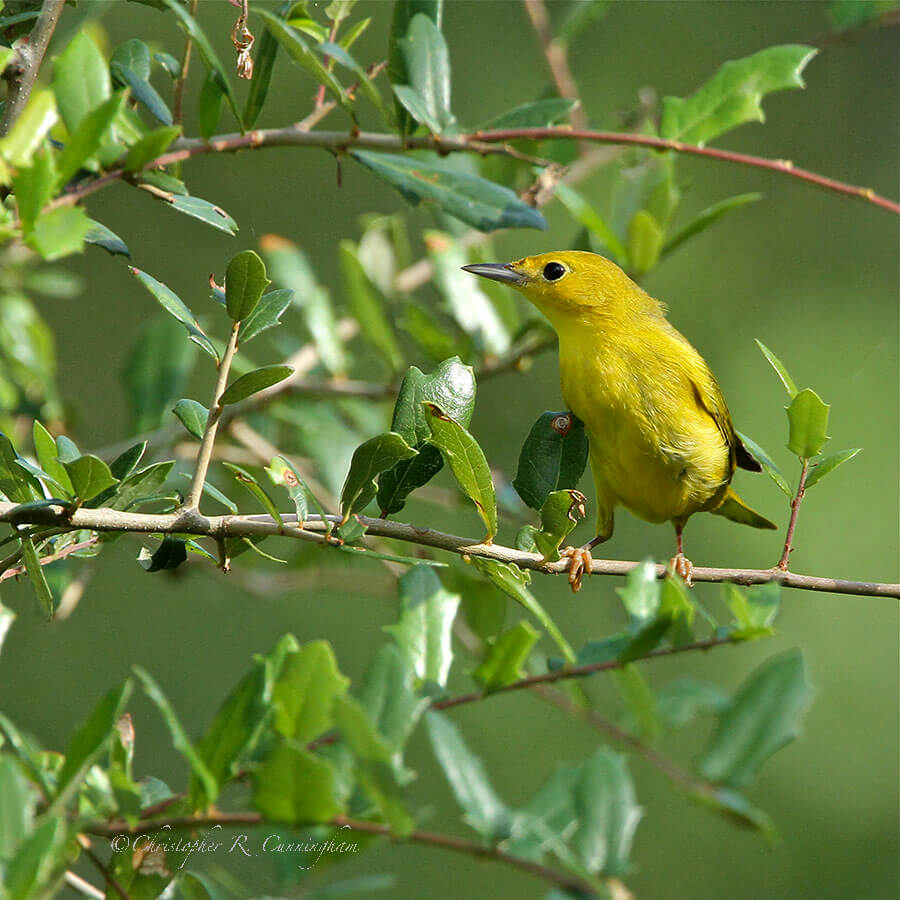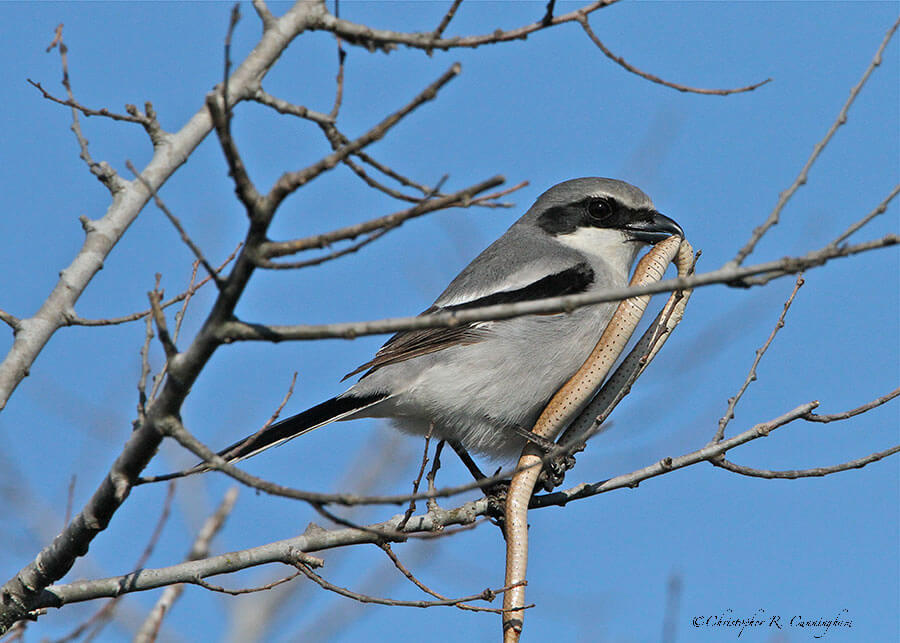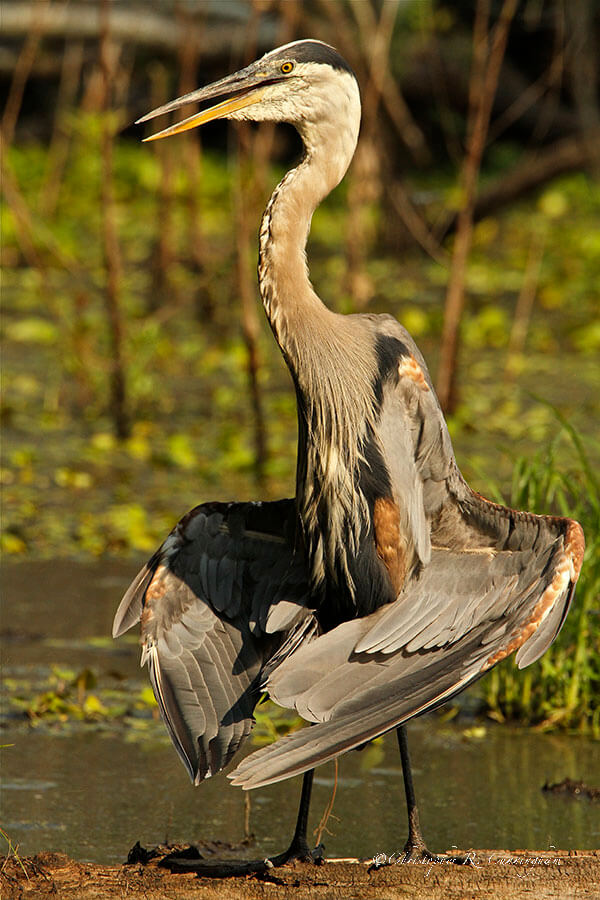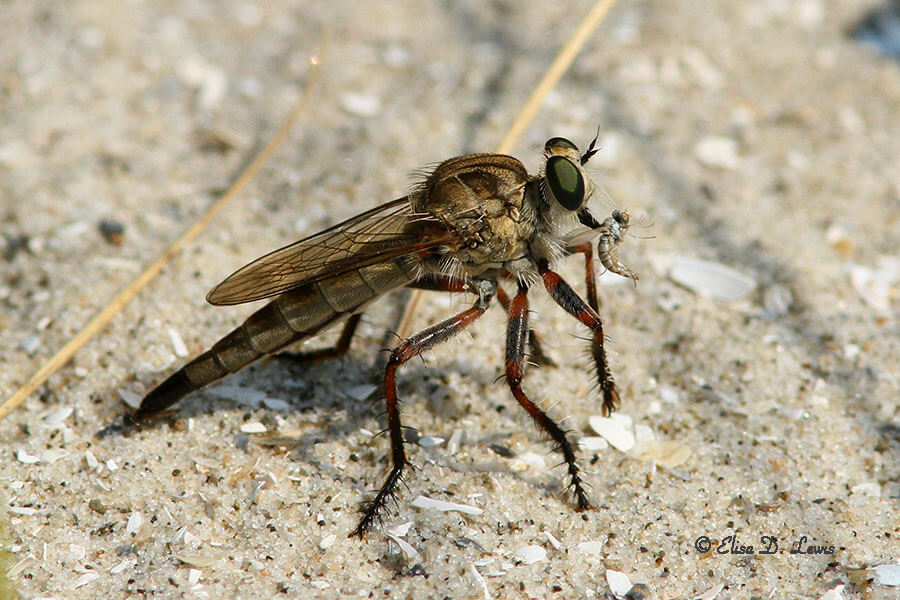Common Moorhens may raise up to three broods per breeding season, especially in their southern range, but I was a bit surprised to find a pair of Moorhens with young chicks on the autumnal equinox, September 22, 2012. It got me thinking that these chicks, seen near the end of September, are most likely the last brood of the season at Brazos Bend State Park, Texas. Day-length, or photoperiod, along with temperature changes, govern many seasonal changes in animals including changes in the coloration of fur/feathers, hibernation, migration, and mating behavior. Here, along the gulf coast, our seasonal changes are gradual – permitting longer growing seasons and, happily, longer baby bird watching as well!
